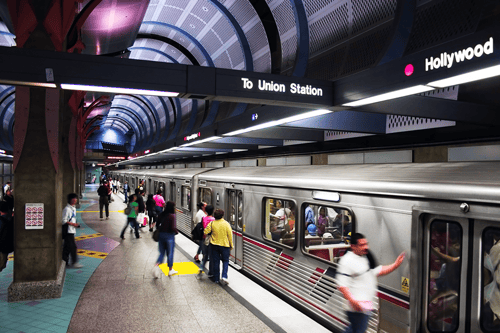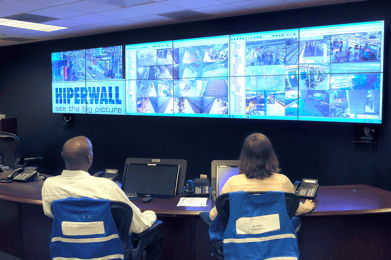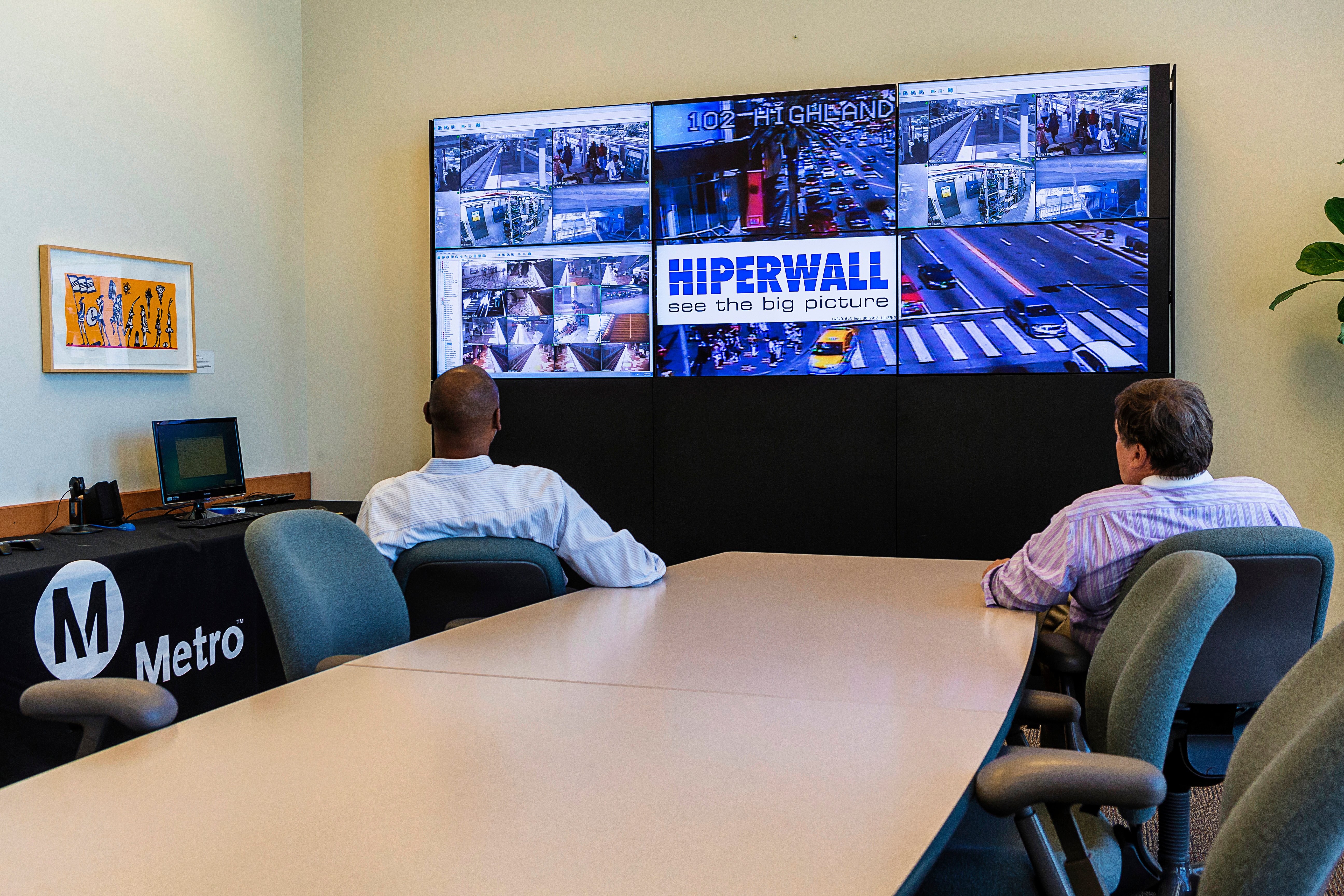Faster Emergency Response
Video walls powered by Hiperwall monitor the Los Angeles Metro rail and bus system and provide a real-time operating picture for situational awareness during incidents. The result is faster emergency response times and smoother operations.






